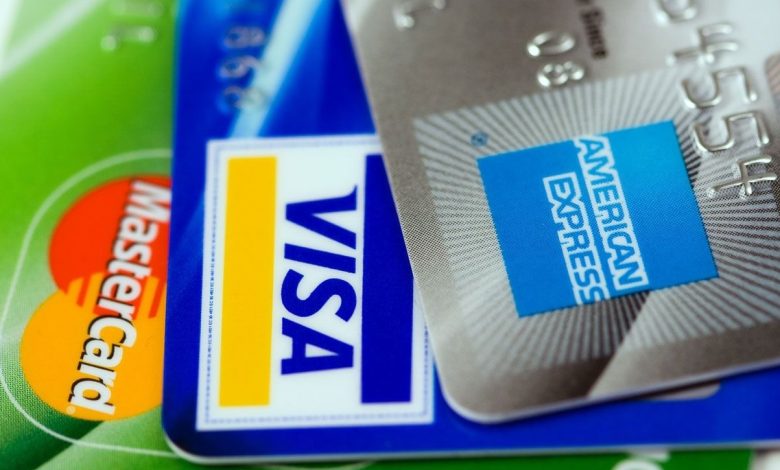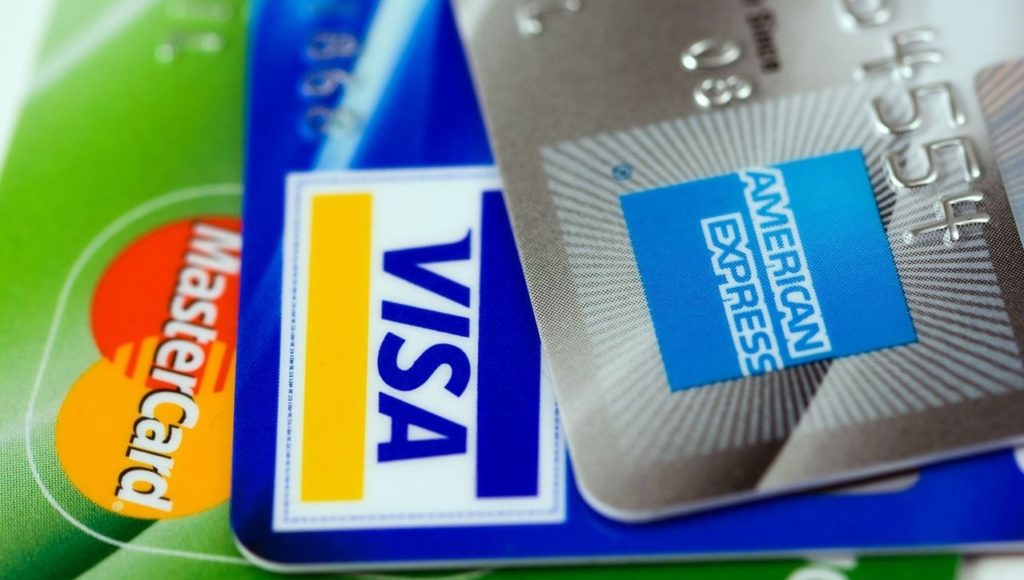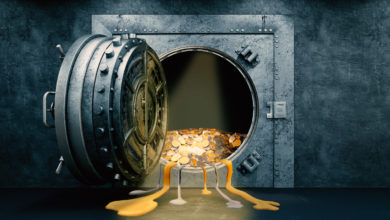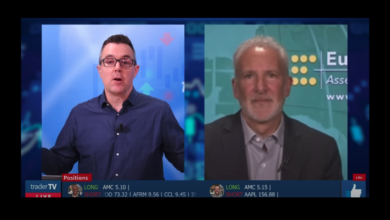Another Recession Warning: Credit Card Spending Suddenly Plunges

Flashing another recession warning sign, credit card spending suddenly fell off a cliff in June.
American consumers have been using credit cards to make ends meet for months, but with credit card debt at record levels, rising interest rates appear to have slammed the door on spending. Credit card debt contracted in June for the first time since April 20201, according to the most recent data released by the Federal Reserve.
Even with the drop in revolving credit, overall consumer debt was still up 4.3% in June thanks to a big jump in outstanding vehicle loans. Americans now owe just a tick under $5 trillion in consumer debt.
The Federal Reserve consumer debt figures include credit card debt, student loans, and auto loans, but do not factor in mortgage debt. When you include mortgages, US households are buried under a record level of debt. Household debt cracked $17 trillion for the first time ever in the first quarter of this year.
The most recent consumer credit data featured two significant trend reversals.
Non-revolving credit, including auto loans, student loans, and other big-ticket purchases, suddenly increased by $18.4 billion, a 6% annual increase. This was almost entirely due to that big jump in outstanding vehicle loans.
The growth in non-revolving debt has remained far below average for most of this year. In May, it grew by just 0.3%. It’s hard to tell what led to the sudden jump in auto sales. Perhaps people simply couldn’t put the purchase off any longer. Another factor is the rising price of automobiles. Consumers are being forced to borrow more for longer terms in order to purchase a car. It will be interesting to see if non-revolving credit continued to increase in July or if June’s surge was an anomaly.
In a more significant and concerning trend reversal, revolving credit, primarily reflecting credit card debt, shrank by $600 million in June, a -0.6% decrease. Americans currently owe $1.262 trillion in revolving debt.
Facing rapidly increasing prices over the last year-plus, Americans have turned to credit cards to cover basic expenses. According to an analysis by PYMNTS, 33% of consumers increased their reliance on credit cards during the first half of 2023.
High-spending revolvers were the most likely to shift more spending to their cards, as nearly half did so. And 43% of consumers who reported experiencing deeply negative impacts from higher prices ramped up their card spending did so.”
With the Federal Reserve hiking interest rates to battle price inflation, it was only a matter of time before the double-whammy of increasing debt and rising interest rates would take its toll on consumers. Average credit card interest rates eclipsed the previous record high of 17.87% months ago. The average annual percentage rate (APR) currently stands at 20.53%.
The dropoff in credit card spending was sharp and sudden. Revolving credit was up 13.7% in April and 8.1% in May after rising by 9.1% in Q1. To put the numbers into perspective, the annual increase in 2019, prior to the pandemic, was 3.6%.
Consumers had a bit of a cushion after the pandemic. It appears they’ve used that up.
Americans used stimulus money to pay down credit card debt during the pandemic. Credit card balances were over $1 trillion when the pandemic began. They fell below that level in 2020 with an 11.2% drop. We saw small upticks in credit card balances in February and March of 2021 as the recovery began, with a sharp drop in April when another round of stimulus checks rolled out. But Americans started borrowing in earnest again in May 2021. Since then, we’ve seen a steady increase in revolving debt up until June.
The big drop in credit card spending isn’t good news for the US economy. An ING economist called declining credit card spending “a troubling sign” given that consumer spending makes up two-thirds of the US economy.
With savings exhausted and credit cards maxed out, consumers have little choice but to stop spending.
This undercuts the notion that the Fed can slay price inflation while simultaneously bringing the economy to a “soft landing.”
The bottom line is that Americans turned to credit cards because they didn’t have any other way to make ends meet. People don’t run up their Visa balance month after month to buy groceries when they are in “very strong” financial shape. The stimulus checks are long gone. Savings are being depleted. The average person had no choice but to pull out the plastic if they wanted to maintain their standard of living. Of course, this wasn’t a sustainable trajectory. A credit card has this inconvenient thing called a limit. We might be close to hitting it.
Call 1-888-GOLD-160 and speak with a Precious Metals Specialist today!
Buka akaun dagangan patuh syariah anda di Weltrade.
Source link







